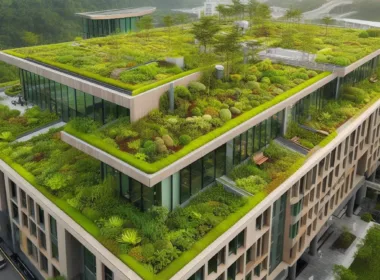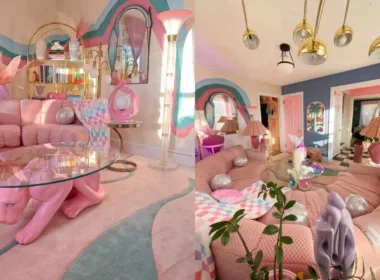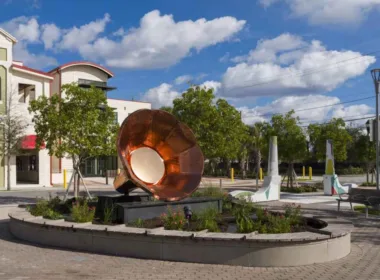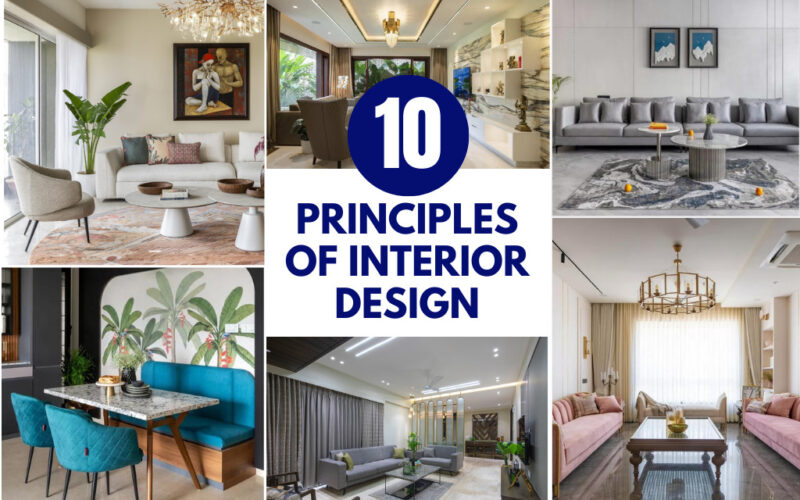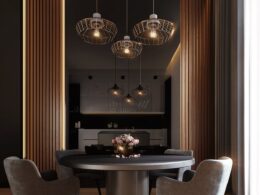The principles of interior design form the foundation upon which every well-crafted and aesthetically pleasing space is built. In this realm, we delve into the art and science of creating environments that not only captivate the eye but also enhance the way we live, work, and experience the world around us. Join us on a journey to discover the principles of interior design, where balance, harmony, rhythm, and unity converge to transform mere spaces into curated expressions of style and comfort. Whether you’re crafting a cozy home, a functional workspace, or a commercial masterpiece, these principles are your guide to unlocking the full potential of interior design.
Get ready to explore the intricate dance of elements, where form meets function, and where every design decision is a brushstroke on the canvas of your environment. Welcome to the 10 Principles of Interior Design, where imagination meets reality and every space becomes a reflection of your unique vision and personality.
1. Perfect Balance in Every Detail

Balance is a key principle in interior design, involving the distribution of visual weight in a space to create equilibrium and harmony. Symmetrical balance involves arranging identical elements on either side of a central axis, often used in formal or traditional interiors. Asymmetrical balance distributes elements with varying visual weights to maintain equilibrium. Radial balance arranges elements around a central point, common in circular or rounded spaces. Horizontal and vertical balance elements along a horizontal axis create stability. Visual weight is the perceived heaviness of an object, and formal vs. informal balance is achieved through symmetrical arrangements for a more traditional look and asymmetrical arrangements for a relaxed, dynamic feel.
2. Seamless Harmony and Unity

Harmony and unity promote order, cohesion, and visual unity among various elements. It involves using consistent elements like colour, style, or theme to create a visually pleasing composition. Theme unity involves establishing a consistent theme throughout a space and incorporating elements that support and reinforce that theme. Consistency in style, materials, textures, and repetition contribute to a harmonious look. Scale and proportion ensure a balance between larger and smaller elements. Balancing variety and consistency is essential to preventing monotony.
3. Rhythmic Beauty and Repetitive Elegance

Rhythm and repetition enhance visual interest and flow within a space. It refers to the deliberate and organized movement of elements, while repetition involves the use of the same or similar design elements throughout the space. By incorporating rhythm and repetition, designers can establish a visual hierarchy, guide the viewer’s eye, and contribute to the overall aesthetic appeal of the interior design.
4. Designing Spaces with Precision

Scale and proportion are fundamental principles in interior design, involving the size, balance, and relationship of elements within a space. Achieving proper scale is crucial for creating a visually appealing space, ensuring furniture and architectural elements are proportionate to the human body, both spatially and visually. Appropriate proportion involves the relationship between the sizes of different elements within a composition, ensuring the visual weight of these elements is balanced. Balancing scale and proportion is essential for creating a visually pleasing and functional interior, requiring a thoughtful approach to the selection, arrangement, and placement of elements.
5. Crafting Focal Points with Flair

Emphasis and focal points guide the viewer’s attention and create visual interest. Focal points are prominent features within a space that immediately draw the viewer’s attention, such as architectural features, artwork, furniture, or statement walls. Emphasis involves giving importance to specific elements within a design, using techniques like colour emphasis, contrast, scale and proportion, and lighting. To avoid overwhelming the space, designers should be selective in their use of emphasis and balance it with areas of rest or neutrality. Effective use of emphasis and focal points adds depth, personality, and visual intrigue, allowing designers to communicate specific messages or evoke desired emotions within a space.
6. Elevating Your Space with Purposeful Design

Functionality involves understanding user needs, tailoring design, optimising spatial planning, ergonomics, and storage solutions. Designers must consider user preferences, lifestyles, and space layouts to create spaces that cater to specific needs. Technology integration, smart home solutions, and sustainability are also crucial aspects of interior design. Ultimately, a well-functioning interior not only enhances the quality of life for occupants but also contributes to the long-term sustainability and success of the design.
7.Proximity in Design, Alignment in Style

Proximity involves grouping related elements within proximity, such as furniture, accessories, or artwork. Alignment involves arranging elements along a common axis or edge, contributing to order and visual continuity. It can also be used to create visual relationships, spatial grouping, natural pathways, and transition spaces. Balancing visual balance involves evenly distributing visual weight across the space, and symmetrical and asymmetrical arrangements can be employed for varied visual interests. Architectural alignment ensures proper alignment of architectural details and ceiling and floor elements.
8.Lighting Your Space, Shaping Your Style

Lighting is a vital aspect of interior design, influencing the mood, atmosphere, and aesthetics of a space. It can be maximised through natural light, window treatments, artificial lighting, layered lighting, and fixture selection. Energy-efficient lighting sources like LED or CFL bulbs are used to reduce environmental impact. Ambient lighting provides general illumination, while task lighting focuses on specific areas. Fixture size is proportionate to the room’s scale, and chandeliers or pendants should be appropriately sized. Smart lighting systems allow for remote control and automation. A well-designed lighting plan enhances the usability, comfort, and visual appeal of a space.
9. Colours that Define Your Space

Colour influences the mood, atmosphere, and visual appeal of a space. Understanding colour relationships is an essential principle, with concepts like complementary colours and analogous colours. The emotional impact is critical, as different colours evoke specific emotions and moods. Natural and artificial lighting conditions affect colour perception, and designers must consider these factors. Colour can also influence space perception, creating illusions and defining zones. Material and texture considerations, such as texture and materials, also play a role in colour perception. The combination of these principles creates a cohesive, visually appealing, and emotionally resonant environment.
10. Elevating Spaces with Visual Vibrancy

Contrast involves the juxtaposition of different elements to create visual interest and diversity. It can be applied variously and can be achieved through bold colour pairings, monochromatic contrast, contrasting textures, furniture scale and size, ceiling heights, and colour temperature. By incorporating contrast, interior designers can create dynamic, visually engaging spaces that reflect a well-balanced composition.
Conclusion
Principles of Interior design have evolved to meet the changing needs, lifestyles, and preferences of users. These principles of interior design include functionality in a fast-paced world, technology integration, sustainability, and wellness-centric design. Green design emphasises sustainability and eco-friendly practices, while biophilic elements promote wellness. Personalisation and user experience are emphasised through tailored spaces, inclusivity, and emotional design. Virtual and augmented reality technologies enhance the collaborative design process, allowing users to make informed decisions. Overall, the principles of interior design consider users’ well-being, preferences, and diverse needs in a holistic approach. From the seamless flow of spaces to the careful selection of colours, materials, and lighting, each principle plays a crucial role in shaping the character and atmosphere of a room.
Content Writing And Research By: Ar. Priyanshi Shah
#content #interior #design #mastering #principles #beauty #elegance

